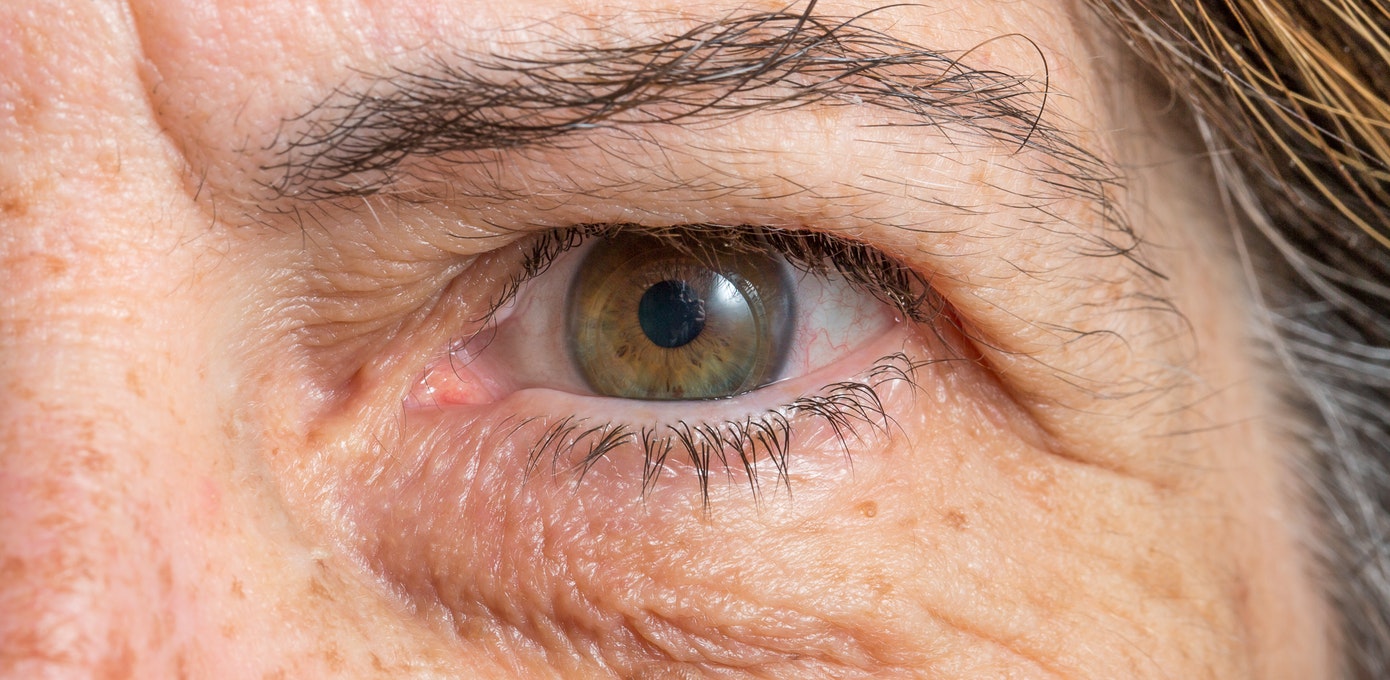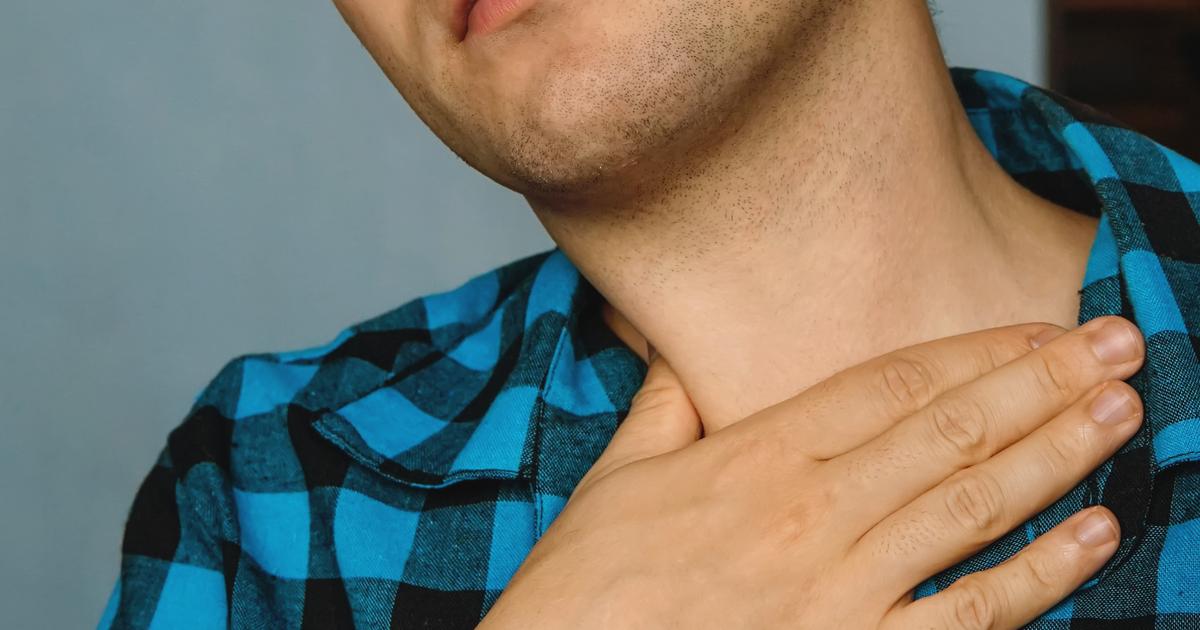Guide To The Symptoms Of Myasthenia Gravis
Myasthenia gravis is a disorder of the nervous and muscular systems that causes muscle fatigue and muscle weakness. It can affect an isolated muscle group or can involve the dysfunction of multiple muscle groups. Myasthenia gravis occurs when the immune system has an abnormal response and produces a type of harmful antibody. These antibodies target and attack receptors called anti-AChR receptors in the junction where a nerve impulse passes from the nerve ending to the muscle. These anti-AChR receptors are present for the binding of a neurotransmitter called acetylcholine that enables the signal to move from the nerve to the muscle. Without these transmitters, the signal to initiate a contraction does not make it from the nerve to the muscle fibers. Multiple tests can be used to diagnose myasthenia gravis, including the edrophonium test, ice pack test, rest test, electromyography, fiber exam, and a specialized blood test. Several characteristic symptoms occur in individuals affected by myasthenia gravis. Get to know them now.
Eyelid Drooping

Myasthenia gravis patients often experience eyelid drooping as a symptom of their disorder. The levator palpebrae superioris complex is the muscle responsible for controlling the movement of an individual's eyelids. The fibers in the levator palpebrae superioris muscle and other extraocular muscles develop tension more quickly and have a higher occurrence of synaptic firing than the other muscles around the body. The tonic muscle fibers are responsible for giving an individual the ability to hold a gaze in any direction. Tonic muscle fibers naturally have a lower number of anti-AChR receptors than other muscles. Because there are fewer receptors, the muscle function is more likely to become impaired from the mechanisms of myasthenia gravis. This mechanism causes affected individuals to experience eyelid drooping in one or both of their eyes. A patient's eye drooping may become worse after gazing upward for an extended period. In individuals affected by eyelid drooping in both eyes, manual opening of one eye often worsens the droop of the other eye.
Continue reading to reveal more myasthenia gravis symptoms now.
Dysphagia

Dysphagia (difficulty swallowing) is a common manifestation of myasthenia gravis in affected individuals. Swallowing is an individual's action of moving food from the mouth, through the throat, down the esophagus, and into the stomach. The action of swallowing occurs in three stages. After food is chewed and blended with saliva, it is placed on the back of the tongue. The individual closes their mouth, and the soft palate elevates to close off the passage between the nasal and oral cavities. Next, the tongue rolls in a backward motion to move food into the channel behind the mouth that both air and food move through. The voice box shifts upward to close off the opening to the air passage, and pressure propels the food into the individual's esophagus. When the food approaches the upper esophageal sphincter, it relaxes to allow food through and closes immediately to inhibit food from moving back into the mouth. From there, rhythmic muscle movements propel the food down the rest of the esophagus into the stomach. Weakness in the muscles that move the tongue, soft palate, pharynx, larynx, esophageal sphincter, or esophagus can cause an individual with myasthenia gravis to experience dysphagia.
Get more details on warning signs of myasthenia gravis now.
Double Vision

Double vision may be a symptom of myasthenia gravis. In order for an individual to see an image clearly, numerous parts of the vision have to work in tandem smoothly to complete the complicated process. The muscles around the eye are responsible for coordinating their movement and aligning them together perfectly. When the muscle strength differs in both eyes, they cannot move in sync with each other. An individual with healthy vision will see a clear object in front of them because the eyes are correctly aligned and can perceive the object in the exact same location as each other. Myasthenia gravis causes the nerves to be unable to send impulses to the muscles that control the movement of the eyes, resulting in them losing sync with each other. Both of the patient's eyes then perceive the location of an object at a different place than the other. Double vision occurs with this because the brain interprets this misaligned visual information from both eyes, causing the patient to see two of the object instead of one.
Read more about the symptoms linked to myasthenia gravis now.
Jaw Muscle Weakness

Jaw muscle weakness can manifest in an individual affected by myasthenia gravis as a symptom of their disorder. The primary muscle an individual uses when moving the jaw is called the masseter muscle, which is located on the back of both sides of the individual's face and connects the lower jawbone or mandible to both of the cheekbones. The jaw movement is also dictated by three other muscles: the medial pterygoid, temporalis, and lateral pterygoid. All of these muscles are controlled by one division of the trigeminal nerve, and they work together in different groups to move the jaw up and down. The jaw and muscles that move it function to allow the individual to chew, bite, and handle food in the mouth. The immune system attack in myasthenia gravis causes the nerves to be unable to transfer impulses to the four muscles that move the jaw. Myasthenia gravis patients may experience weakness that causes them to be unable to close the jaw because the nerve impulses are not reaching the masseter and temporalis muscle. The jaw muscle weakness may become worse when eating large meals, larger pieces of food, and drinking hot liquids.
Discover additional myasthenia gravis symptoms now.
Dyspnea

Individuals affected by myasthenia gravis may experience dyspnea as a manifestation of their disorder. Dyspnea is characterized as a combination of one or more respiratory symptoms that include feeling smothered or suffocated, chest tightness, heart palpitations, coughing, breathlessness, labored breathing, rapid or shallow breathing, and wheezing. Upon the inhalation of air in a healthy individual, the diaphragm contracts and presses downward in order to make room for the lungs to expand in the chest. The intercostal muscles assist with enlarging the chest, and they are responsible for pulling the rib cage up while pushing it out upon inhalation. When these two muscles experience weakness due to nerve transmission impairment in myasthenia gravis patients, hypoventilation or abnormally slow rate of breathing will occur. An individual affected by myasthenia gravis may experience dyspnea as a result of weak pharyngeal muscles that have collapsed in their upper airway. This type of respiratory symptom may be challenging to link to myasthenia gravis as its underlying cause, as the patient maintains normal arterial blood oxygen levels during the beginning stages of hypoventilation.